Bánh nậm is a notable flat steamed rice dumpling from Vietnam, offering a unique flavor. In this read, I will introduce and provide comprehensive information about making bánh nậm.
This recipe will begin with a clear definition and background of bánh nậm, proceeding through its recipe, including the essential tools and ingredients. You’ll also learn a step-by-step guide to making these flat rice dumplings.
Moreover, I’ve included additional useful information, such as tips for preparation, suitable food pairings, and storage and reheating methods.
So, brace yourself for a flavor-packed voyage into Vietnamese culinary tradition.
What Exactly Is Bánh Nậm?
Bánh nậm is Vietnamese flat, steamed rice dumplings. The “bánh” in its name loosely translates to “cake” or “bread,” but in Vietnam, it can refer to various prepared snacks or, in this case, dumplings.
Bánh nậm comes from Central Vietnam. These dumplings were once only for the royalty class in Hue, the former capital. But today, bánh nậm has become a popular snack or light meal in Vietnam for its soft, delicate texture and flavorful filling.
Moreover, the locals in Hue often make bánh nậm on the first and the fifteenth of every Lunar month as an offering to their ancestors. These dumplings also appear during the Lunar New Year (Tết) since they symbolize good fortune and prosperity.
While bánh nậm holds many important meanings, it is easy to make with simple tools.
Which Tools Are Vital to Bánh Nậm?
Bánh nậm can only be complete with these tools, like a steamer, pot, and frying pan. Each tool comes with an indispensable usage, which I’ve described in the list below:
After tools, next comes the ingredients in Banh Nam.
Which Ingredients to Buy for Bánh Nậm?
Like several Vietnamese snacks, bánh nậm requires quite many ingredients for its batter and fillings. But don’t worry; I’ve also included some alternatives in the list below:
Making Bánh Nậm: A Step-by-Step Process
Making bánh nậm requires 4 main steps: Make the batter, prepare the filling, wrap the dumplings, and steam them. Each step has different details that you must pay close attention to.
Step 1: Making the Batter
In a large bowl, combine:
Mix well until smooth.
Move the mixture to a pot. Heat it over a small flame and continuously stir so it won’t stick to the pot.
When the mixture thickens, add the cooking oil.
Keep stirring until the mixture thickens into a batter. Turn off the heat, but continue whisking to ensure the batter cooks evenly.
Step 2: Prepare the Filling
Heat your pan on the stovetop. Pour the cashew oil into the pan. When the oil is hot enough, sauté your shallot until fragrant.
Add 7 ounces of ground pork and stir well.
Once the meat is 80% cooked, add 7 ounces of ground shrimp and keep stirring.
Season the mixture with 1 tablespoon of fish sauce, 1 tablespoon of ground pepper, and 1.5 teaspoons of sugar. Stir well so the flavor is evenly distributed.
Step 3: Wrap the Dumplings
Clean the banana leaves and pat them dry. Place the leaves on the table, vein side down. Scoop one spoonful of batter onto the leaf and spread it evenly lengthwise.
Place the filling in the middle of the batter in a 2:1 ratio (2 parts batter, 1 part filling).
Next, fold both sides and ends of the leaf to form a rectangle. Gently brush the wrapping so the batter evenly distributes.
Repeat the process until you run out of batter and banana leaves.
Step 4: Steam the Dumplings
Arrange the dumplings in a steamer and steam them for 15-20 minutes.
Step 5: Present the Dumplings
Serve your steamed rice dumplings with sweet fish sauce. Add several chili slices for extra flavor. When eating, sprinkle some chopped spring onions and pour the fish sauce on top, then enjoy!
Still, making bánh nậm can require several tips to make it tastier.
Which Tips Can Elevate Bánh Nậm?
To elevate bánh nậm, you must pay attention to the batter since it’s the hardest step. Other steps, like steaming, also require carefulness.
With these tips, no one can refuse your bánh nậm. Still, with a proper pairing, you’ll discover a new side of these steamed flat dumplings.
What to Pair with Bánh Nậm?
Vietnam has many traditional foods to pair with bánh nậm. Vietnamese pickled carrots and daikon (Đồ Chua) and Vietnamese dipping sauce (Nước Chấm) will be the best partners If you want to eat these flat rice dumplings as a stand-alone snack.
However, bánh nậm also goes with many other Vietnamese savory snacks, like Hue-style pork sausage (Chả Huế), Vietnamese green rice flakes (Chả Cốm), Vietnamese grilled pork meatballs (Thịt Viên Nướng), and Vietnamese beef sausage (Chả Bò).
Since bánh nậm is delicious, you may make too many of them. During that time, knowing how to store and reheat will help retain these flat rice dumplings’ quality.
How to Store and Reheat Bánh Nậm Properly?
There are 2 main ways to store bánh nậm: refrigerating and freezing.
It’s best to refrigerate bánh nậm’s components right after preparing the filling. The filling can last for 1-2 days in the fridge. When you want to make bánh nậm, take it out and prepare the batter before continuing to the steaming step.
As for freezing bánh nậm, I suggest you not steam these flat rice dumplings beforehand. Then, place them in freezer-friendly bags or containers and freeze them. Frozen bánh nậm can survive for 1-3 months.
To cook frozen bánh nậm, steam it immediately (without thawing) at medium heat for 15 minutes or until thoroughly cooked.
Bánh Nậm Opens A New Door To Vietnamese Cuisine!
With this bánh nậm, I believe you’ve appreciated the artistry of Vietnamese cuisine. These flat dumplings are more than a dish; they testify to Vietnam’s creativity, heritage, and culinary power.
Making bánh nậm will help bridge the gap between cultures, so why not try it out? In the comment below, I would love to hear your thoughts about these flat rice dumplings.
Remember to share this bánh nậm recipe with other food enthusiasts to spread the love for this steamed cake.
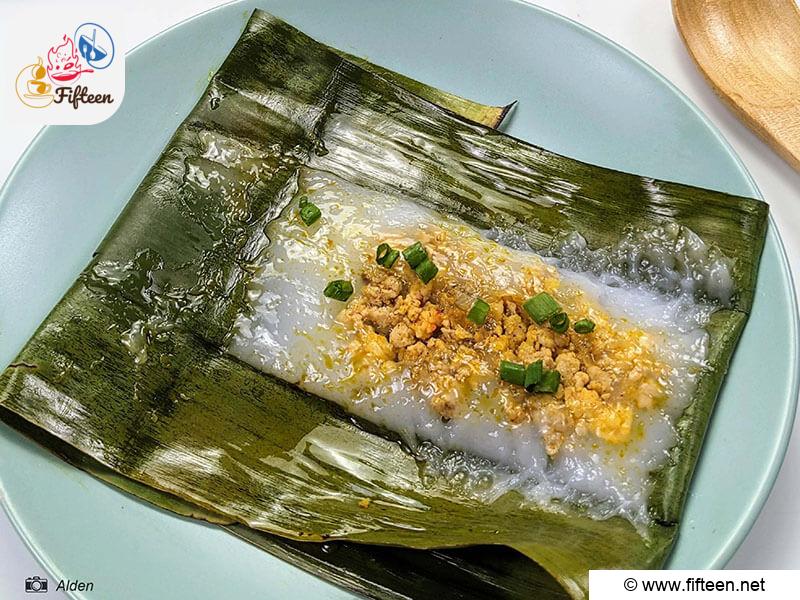
Bánh Nậm Recipe (Vietnamese Flat Steamed Rice Dumplings)
Equipment
- Steamer
- Mixing Bowl
- Ladle
- Spatula
- Tongs
- Pot
- Pan
Ingredients
- 7 ounces of fine rice flour, or rice starch
- 1 quart of water
- 1 teaspoon salt
- 2 tablespoons cooking oil
- 2 tablespoons minced shallots
- 2 tablespoons cashew oil
- 7 ounces of ground pork
- 7 ounces of ground shrimp
- 1 tablespoon fish sauce
- 1 tablespoon ground pepper
- 1.5 teaspoon sugar
- Banana leaves (Cut into 8-inch x 4-inch rectangles)
- Spring onions
Instructions
- Combine rice flour/starch with water and salt until well mixed.
- Move the mixture to a pot and heat it at low flame. Keep stirring so the mixture won't stick to the pot.
- Once the mixture thickens, add cooking oil.
- Keep stirring until the mixture thickens into a batter. Then, turn the heat off and continue whisking to ensure the batter cooks evenly. Leave it aside.
- Sauté shallots with cashew oil in a pan until fragrant.
- Add ground pork and continue stirring.
- Add ground shrimp once the pork is 80% cooked and continue stirring.
- Season the pork-shrimp mixture with fish sauce, ground pepper, and sugar. Leave it aside.
- Clean the banana leaves and pat them dry. Place one leaf on the table with its vein side down. Spread 1 spoon of the batter onto the leaf.
- Place the filling on top of the batter. The ideal ratio is 2:1, with 2 parts batter and 1 part filling.
- Fold both sides and both ends of the leaf to form a rectangle. Gently brush the leaf to distribute the dough evenly.
- Repeat steps 9 to 11 until you use your batter and banana leaves.
- Place the wrapped dumplings in a steamer. And steam for 15-20 minutes.
- Serve your Banh Nam with Vietnamese dipping sauce (Nước Chấm). Sprinkle some spring onions and chili slices on top before eating.
Video
Notes
- The total cooking time above is based on 6 servings.
- The amount of seasonings is adjustable, based on your liking.
- Dong leaves or baking papers are suitable substitutes for banana leaves.
- Briefly dip banana leaves in hot water to make them softer and easier to fold when wrapping.
- Keep the low flame when stirring the batter for a smooth texture without any lump.
- Feel free to adjust the amount of rice flour/starch and water when making the batter. The ideal batter is slightly thick and translucent.
- Let the batter cool down before spreading it on the banana leaves. A silicone spatula or a wet spoon’s back will make the spreading easier.
- Don’t stack too many bánh nậm dumplings on each other when steaming. Only stack 3 layers at most.
- The steaming time depends on the temperature, the steamer’s size, and the dumplings’ amount.
- Refrain from over-steaming these rice dumplings, or they’ll become soggy and mushy. Pay attention to the banana leaves’ color. When they change to pale yellow color, your steamed cake is done.
- Don’t throw away the banana leaves when serving, as their fragrance helps reduce the greasiness.


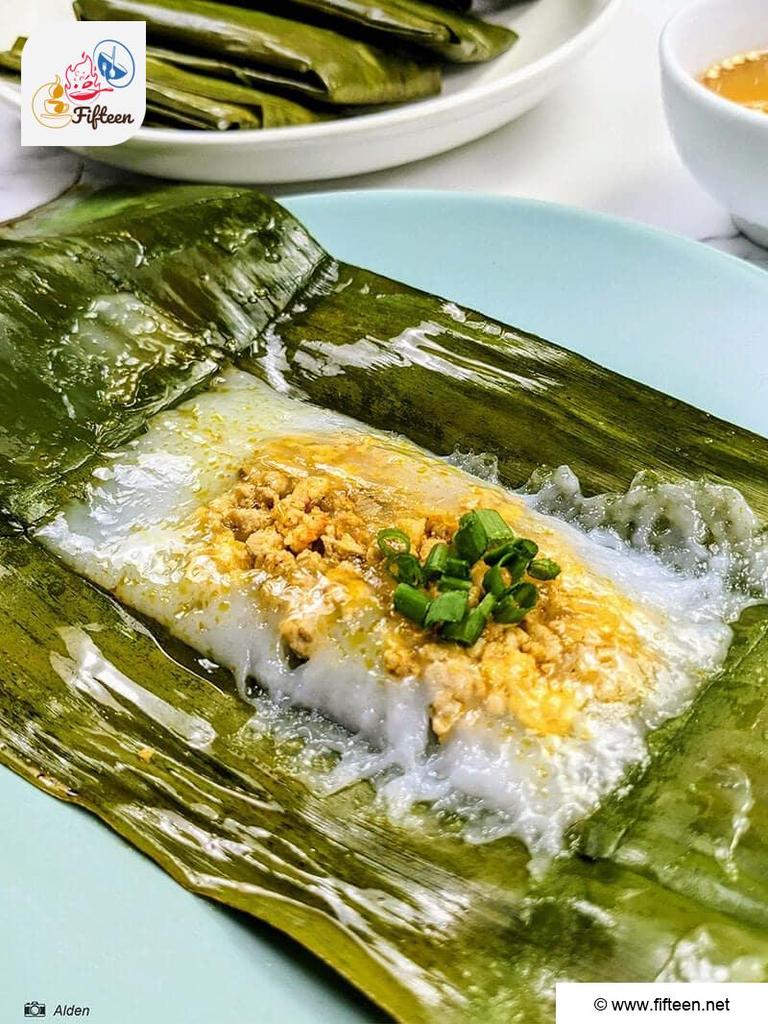
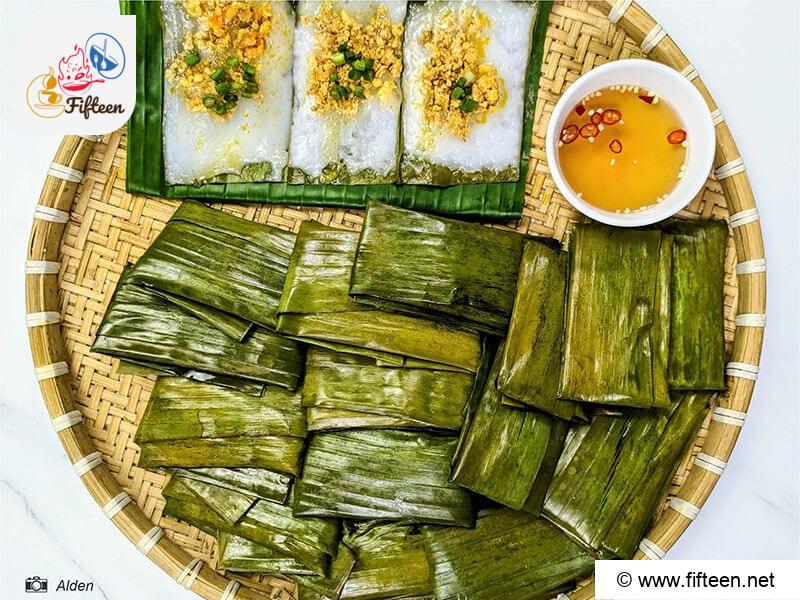
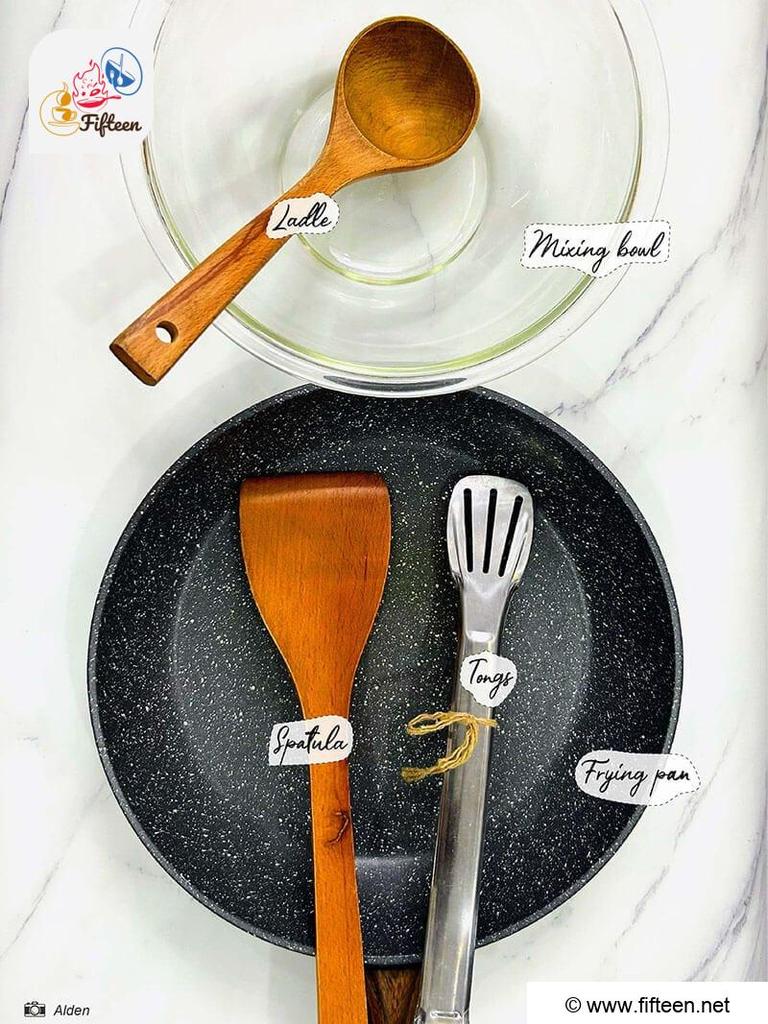
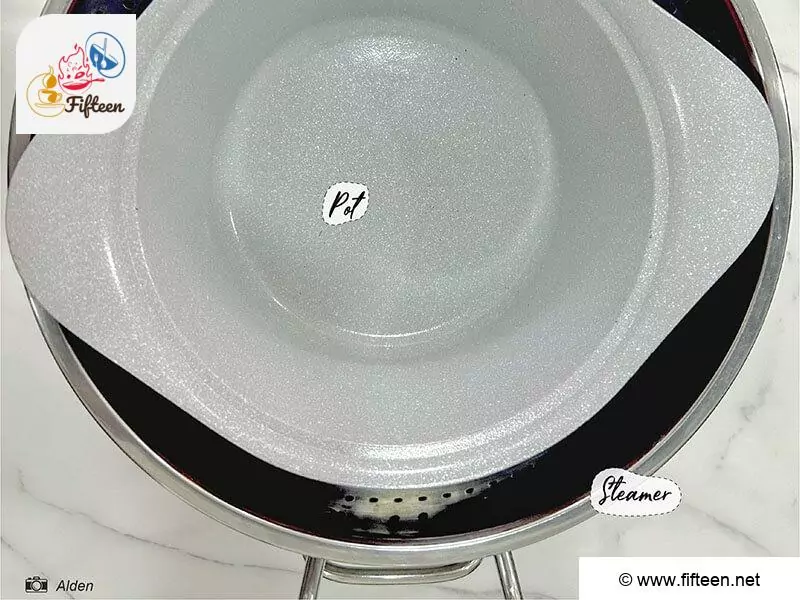
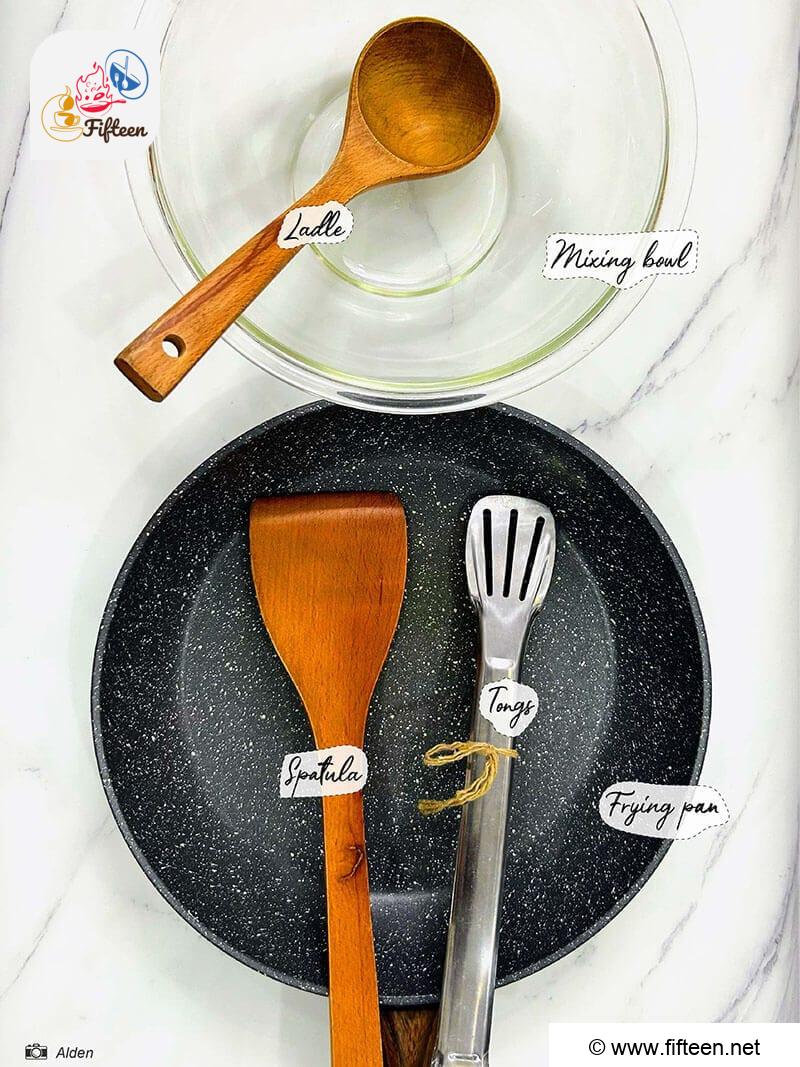
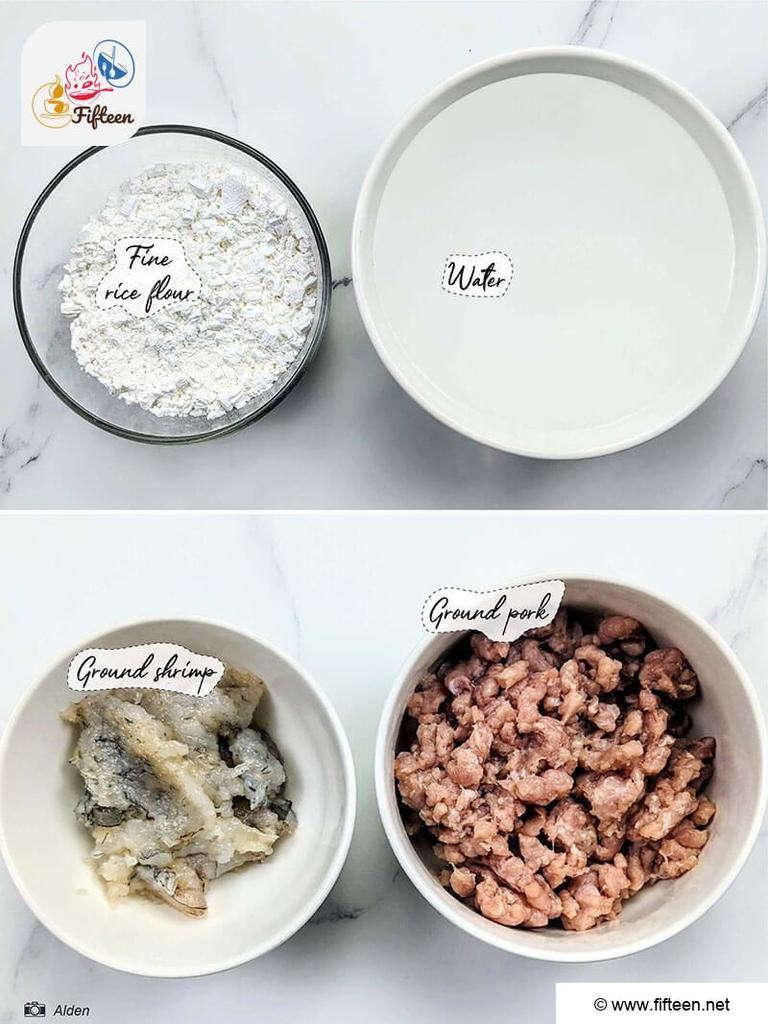
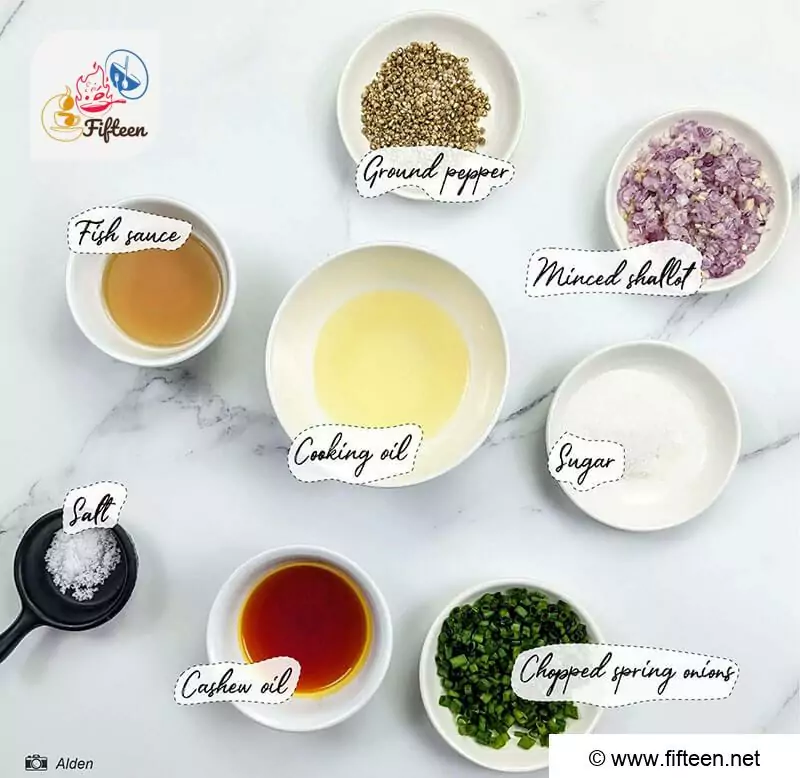
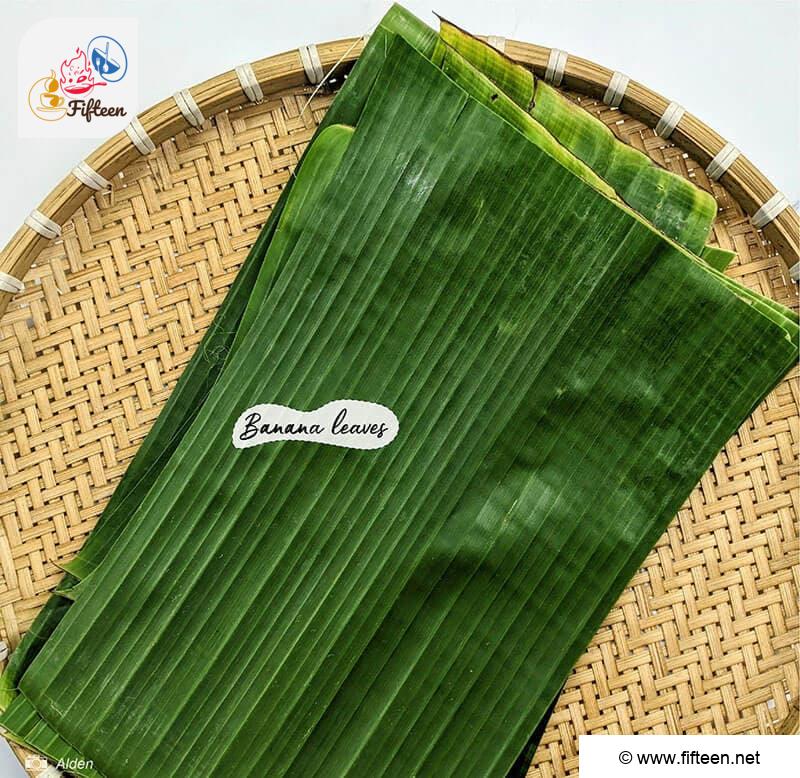
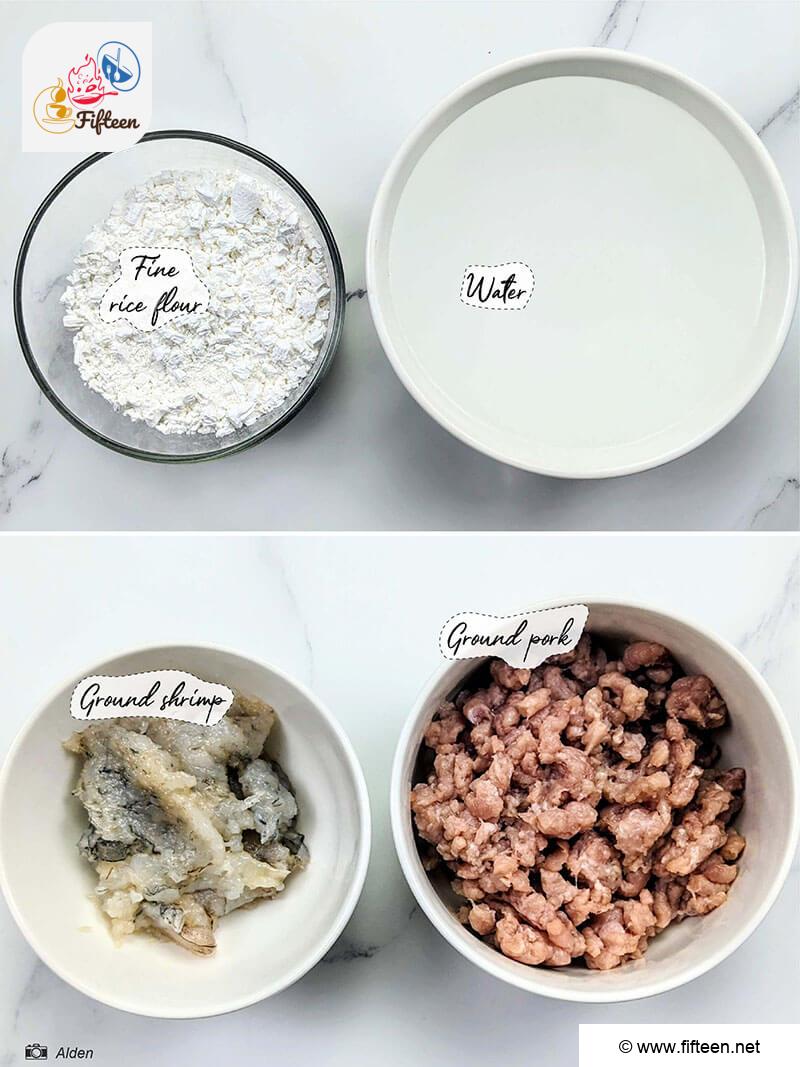
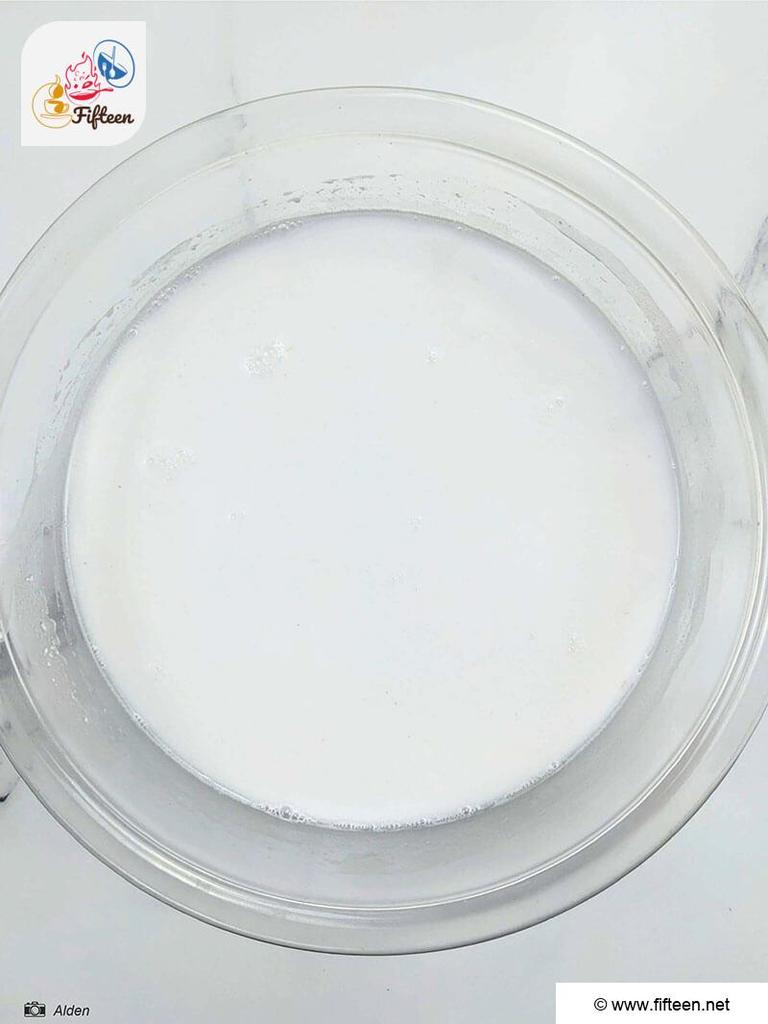
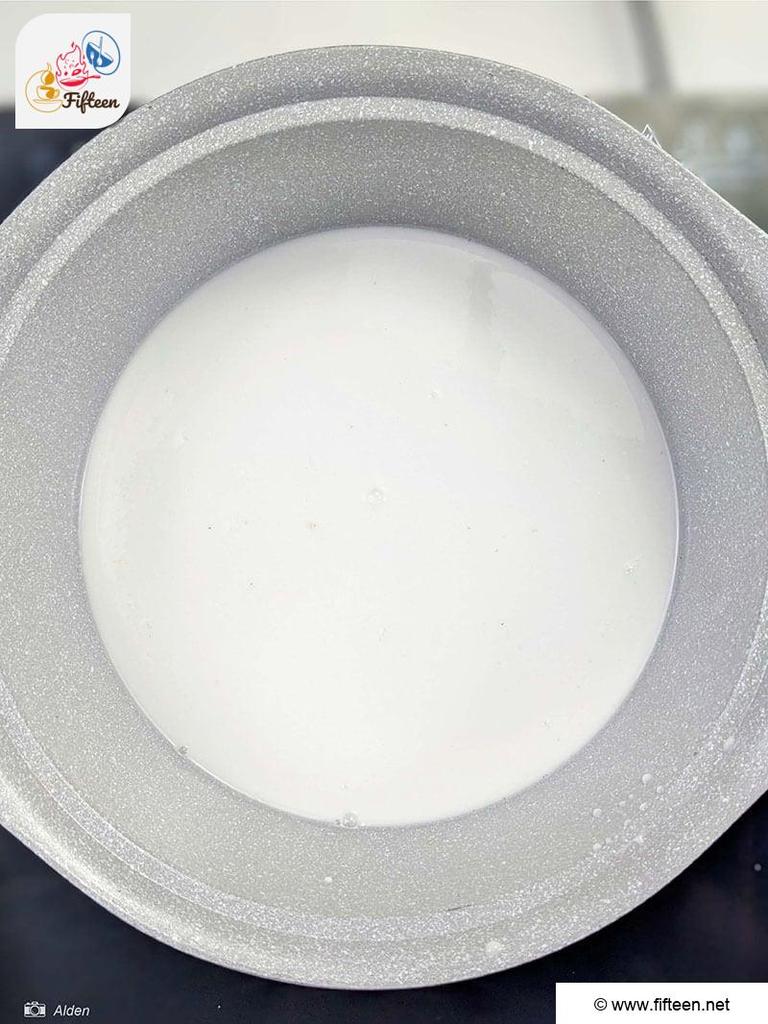
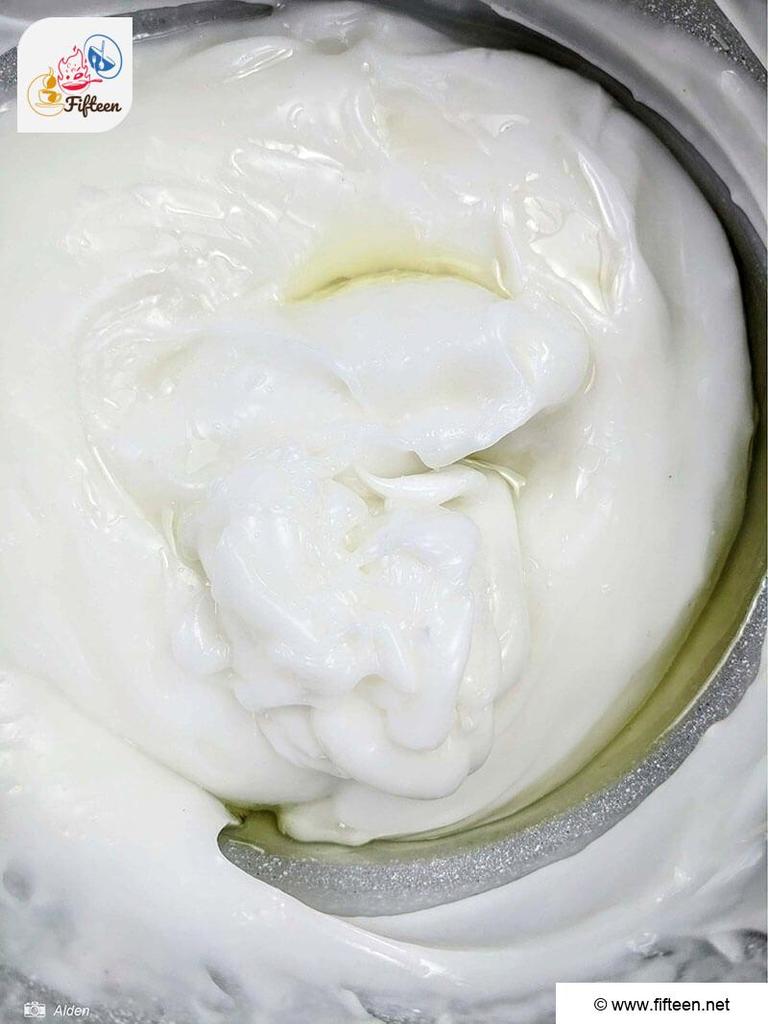
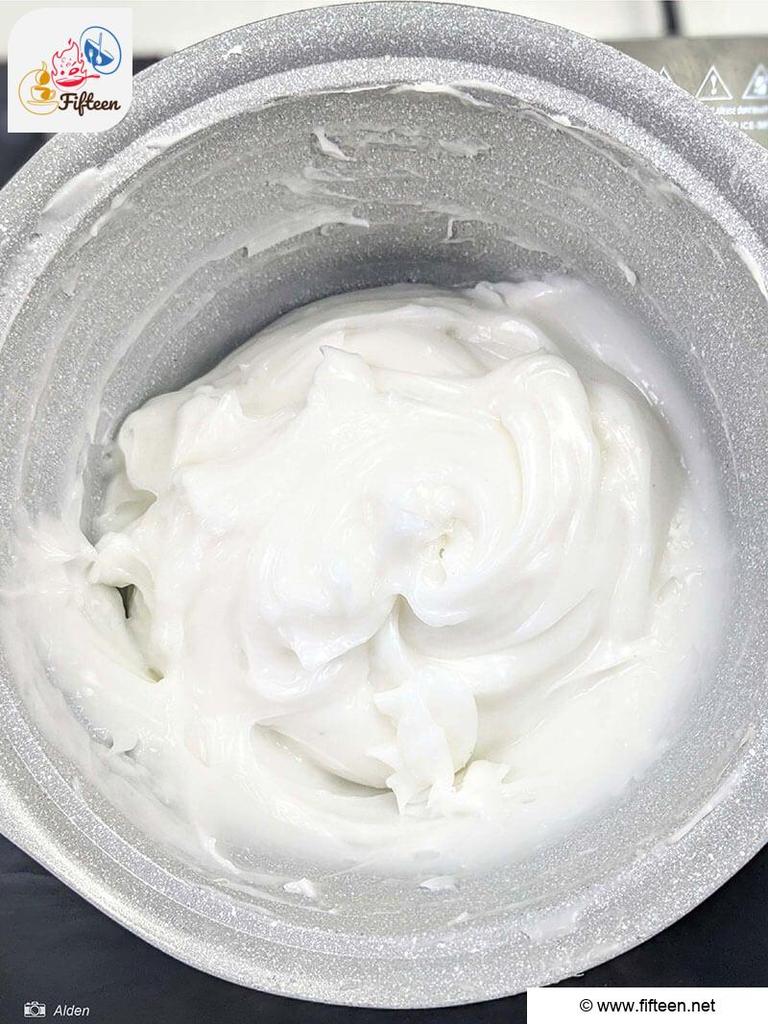
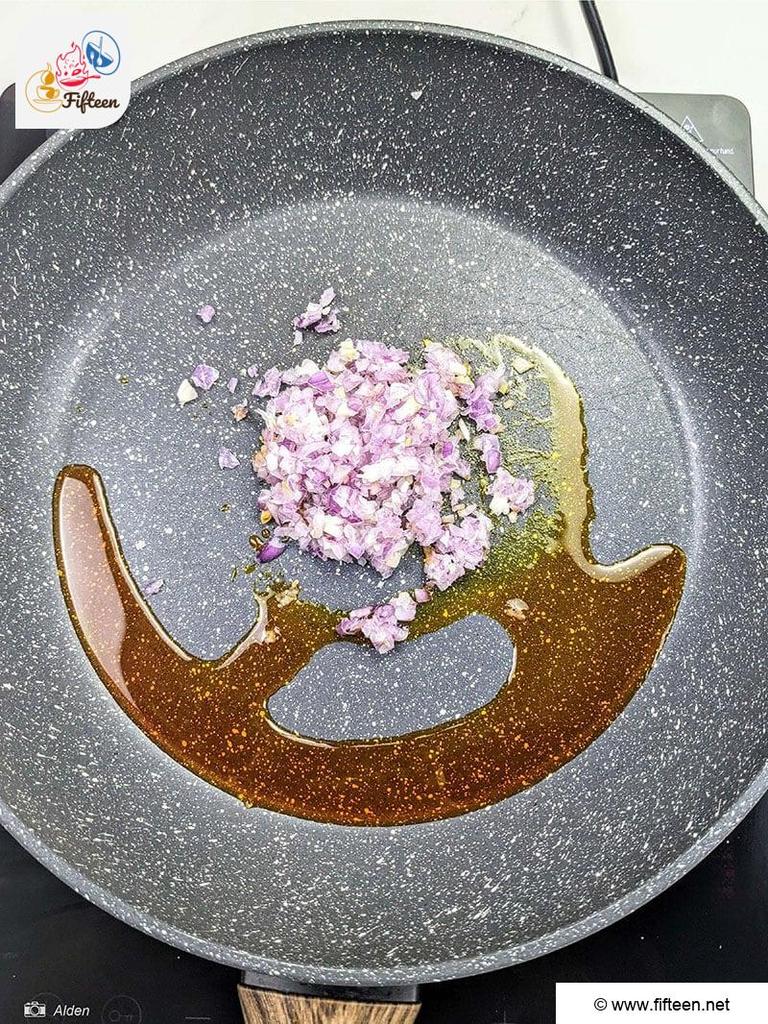
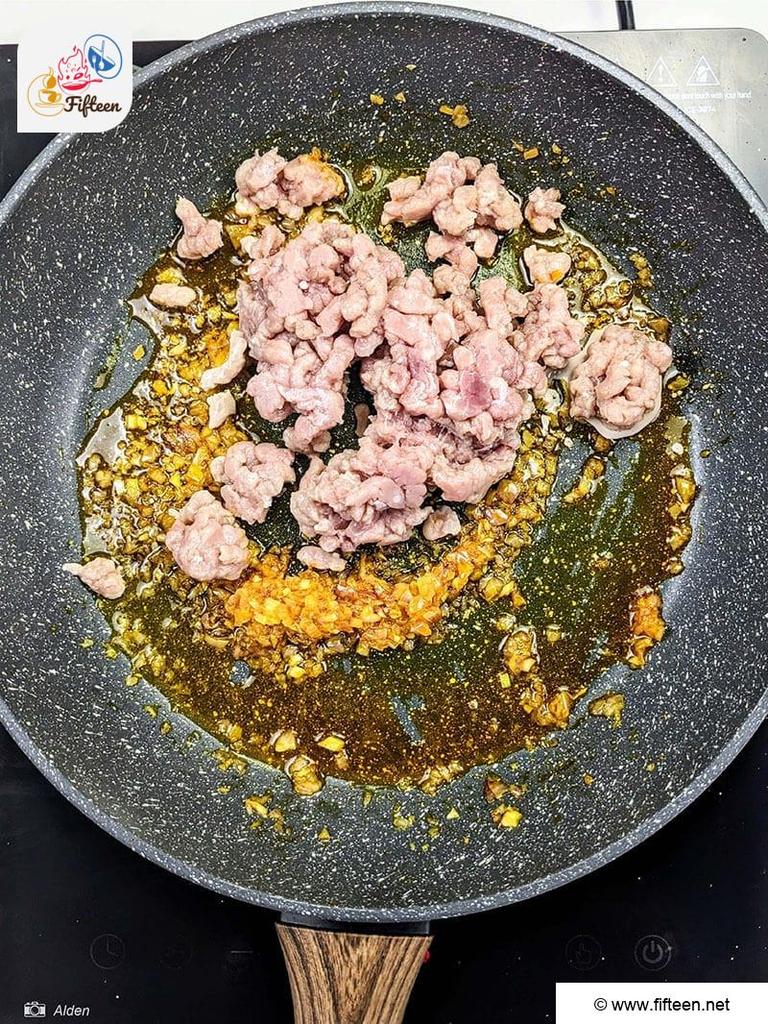
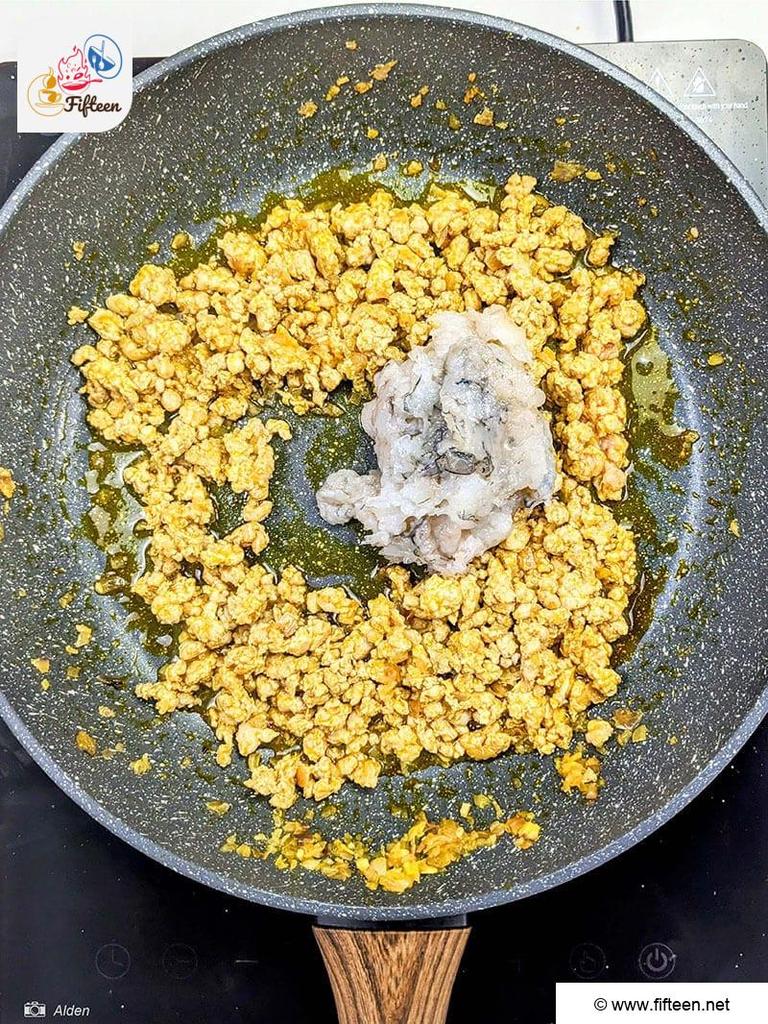
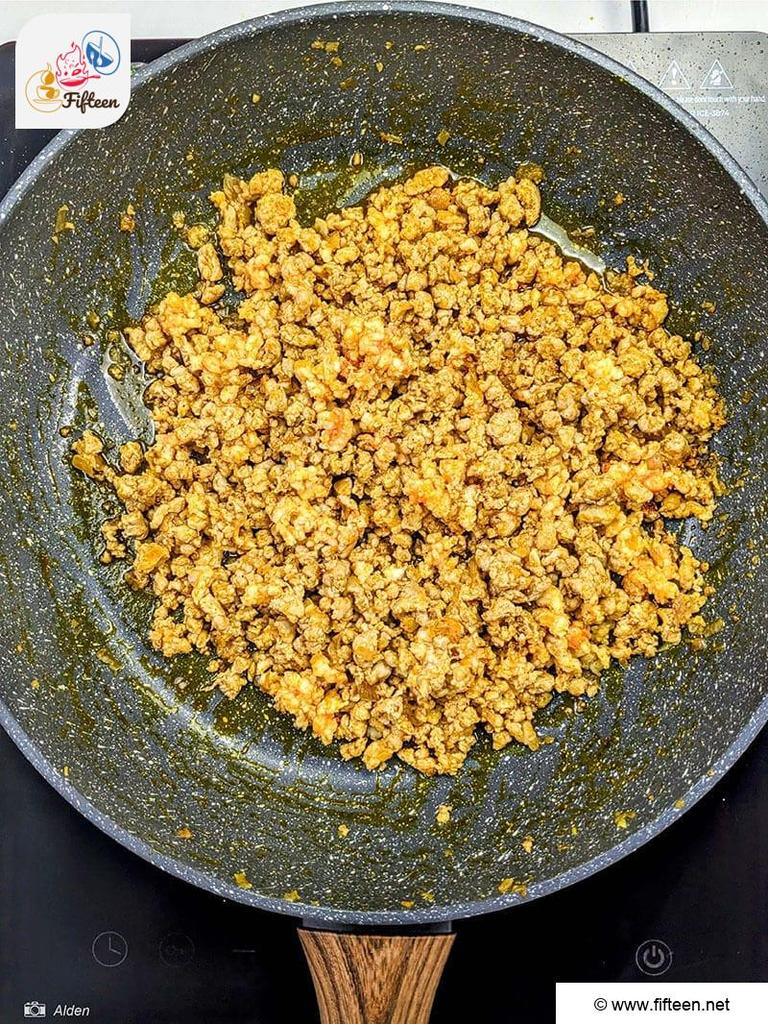
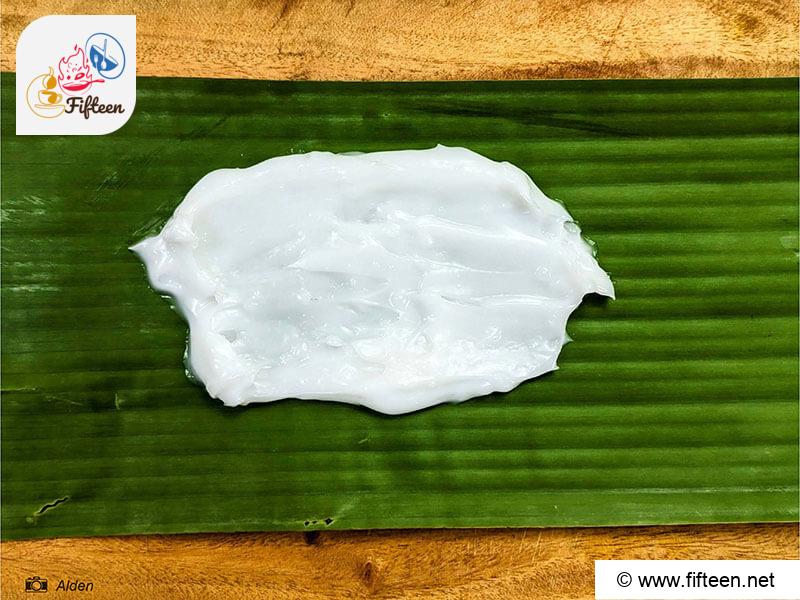
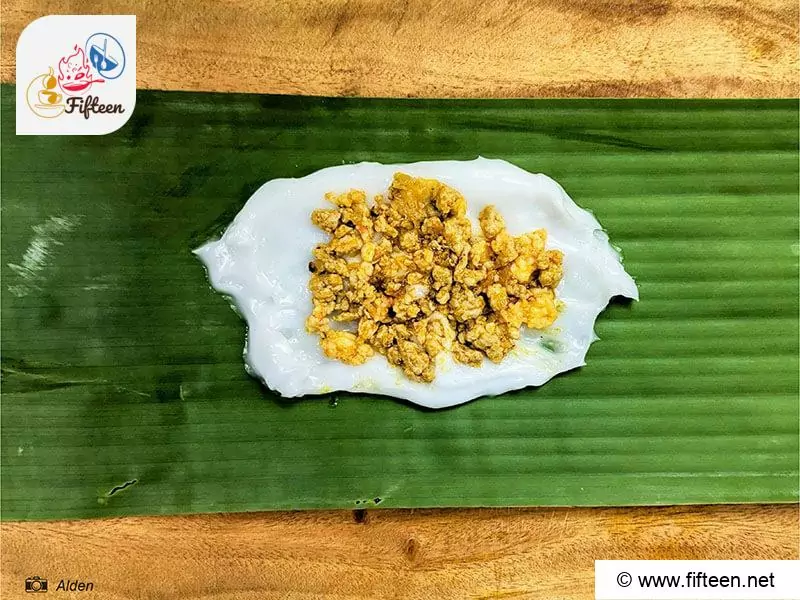
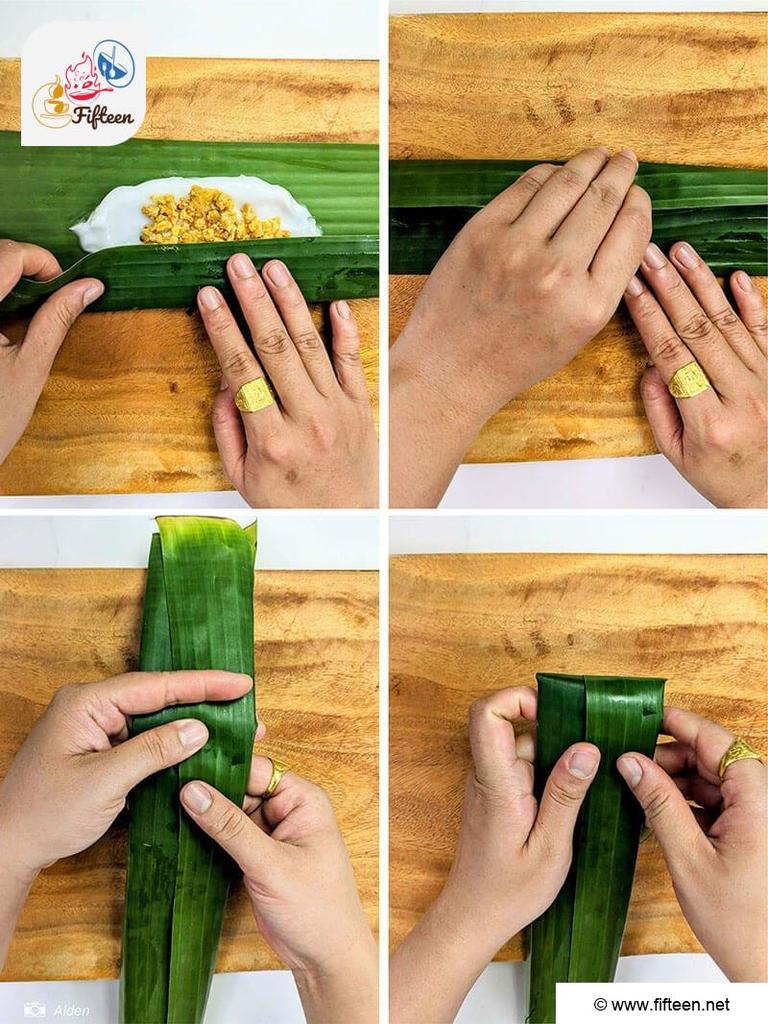
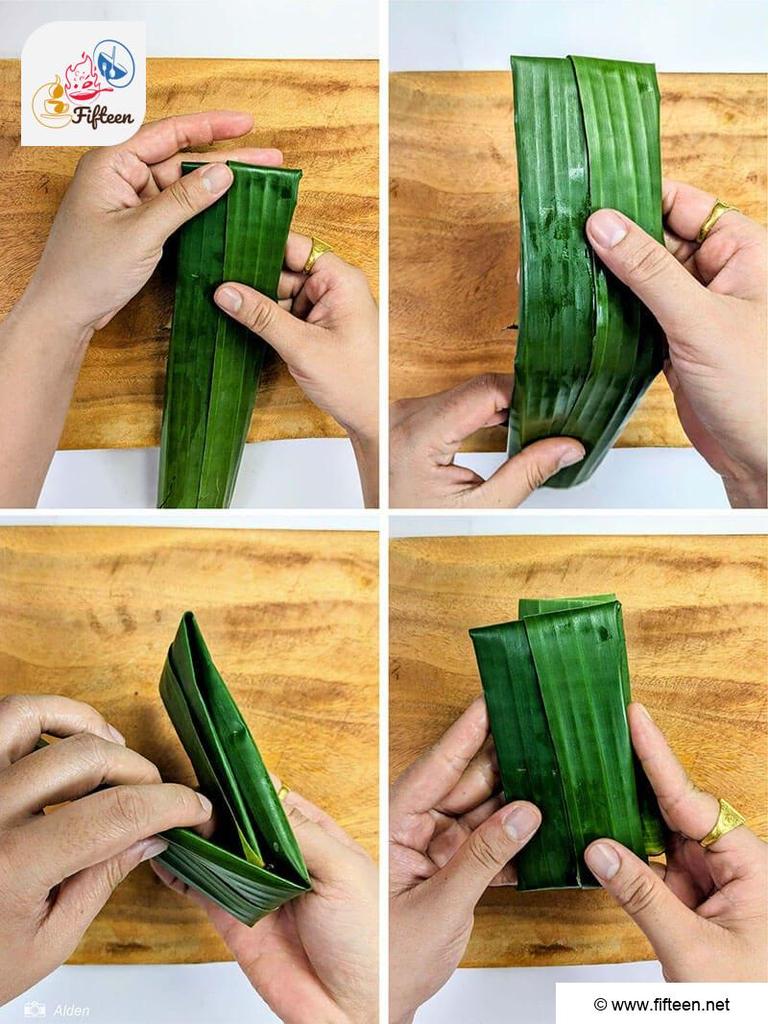
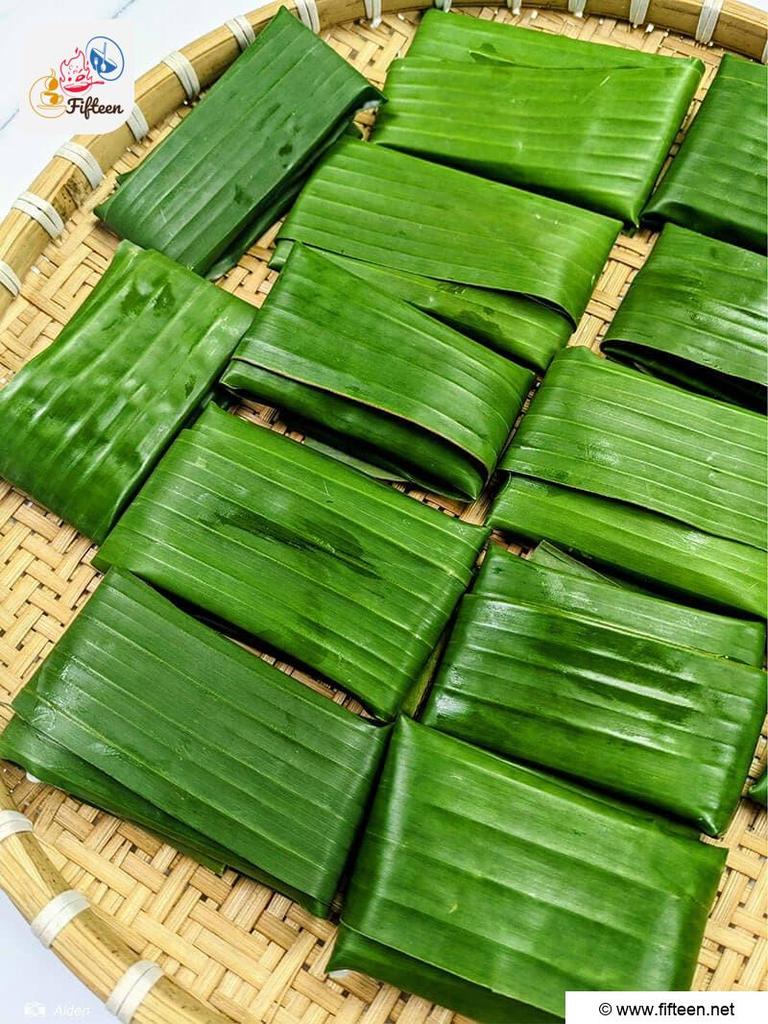
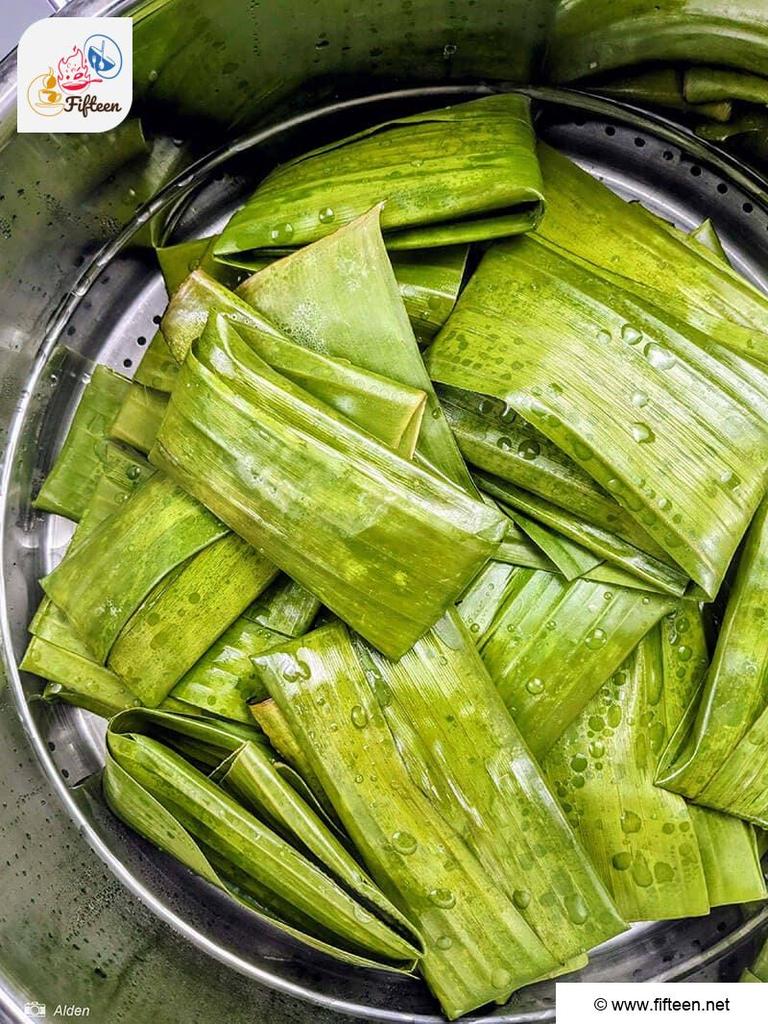
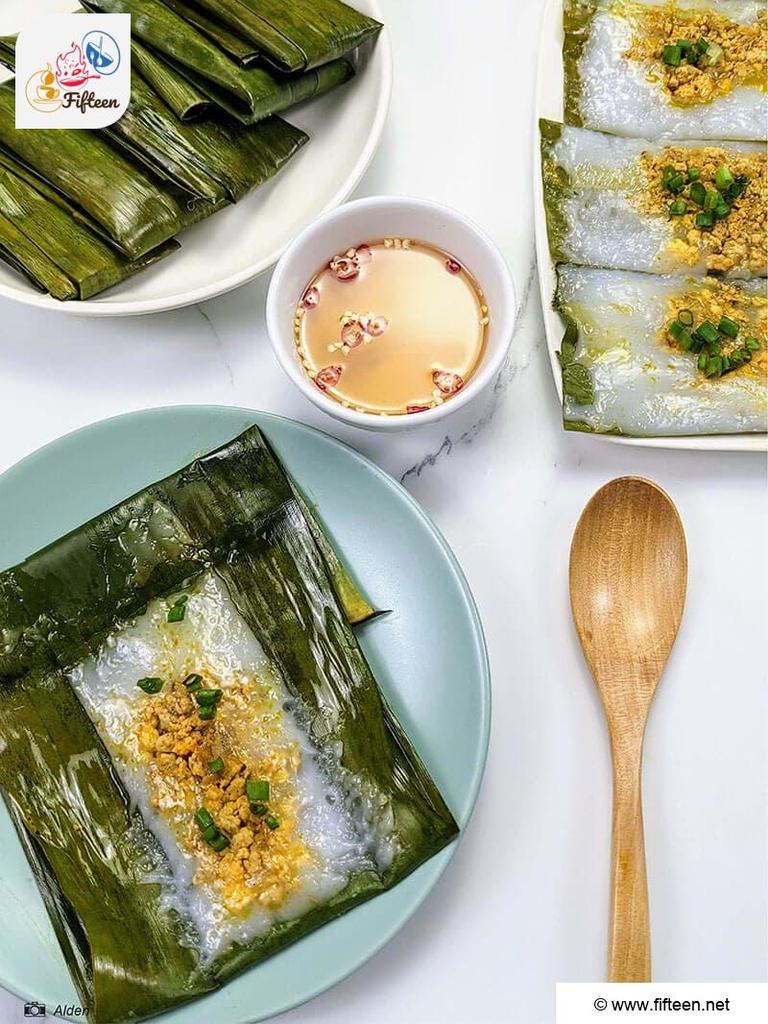
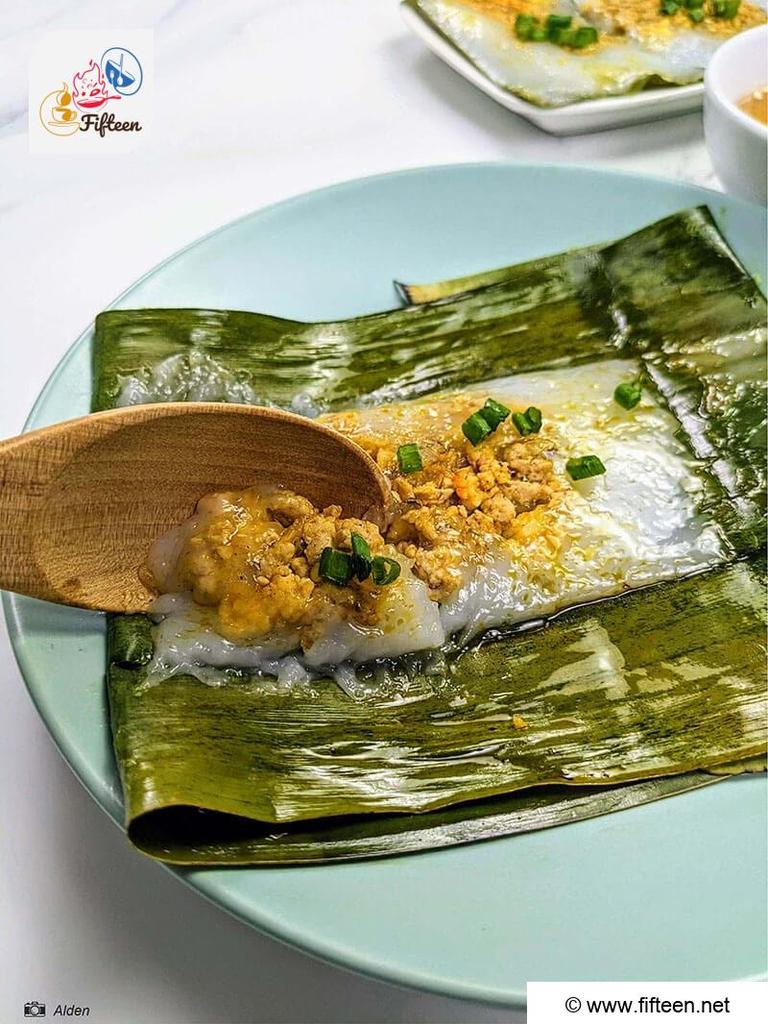
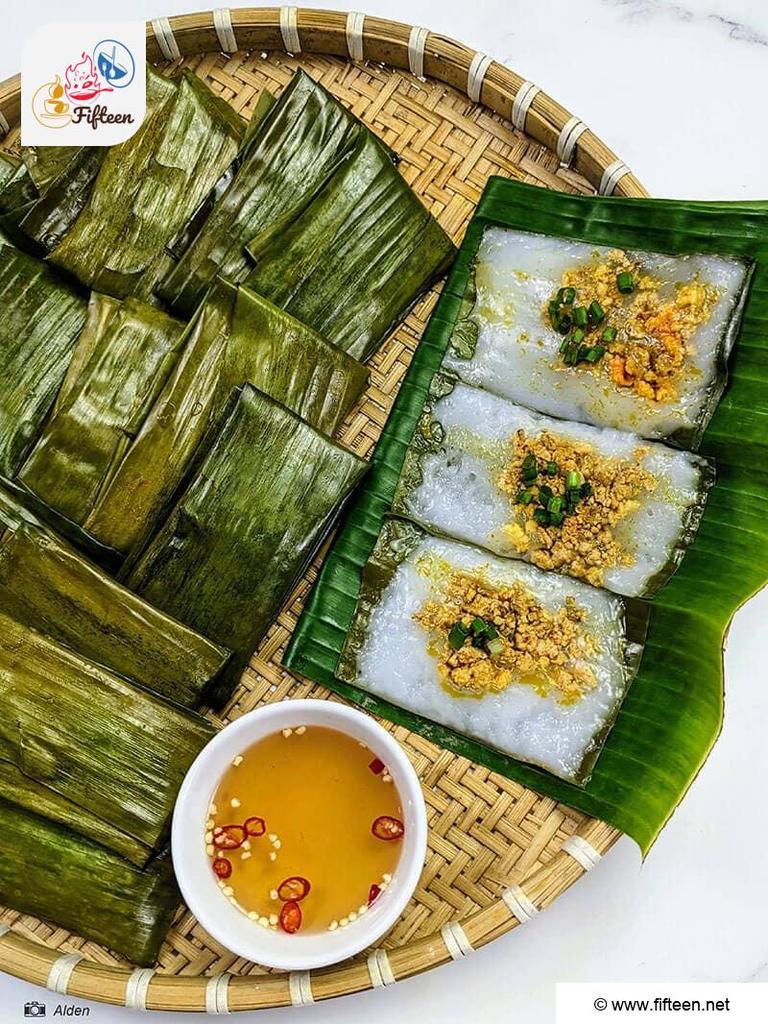
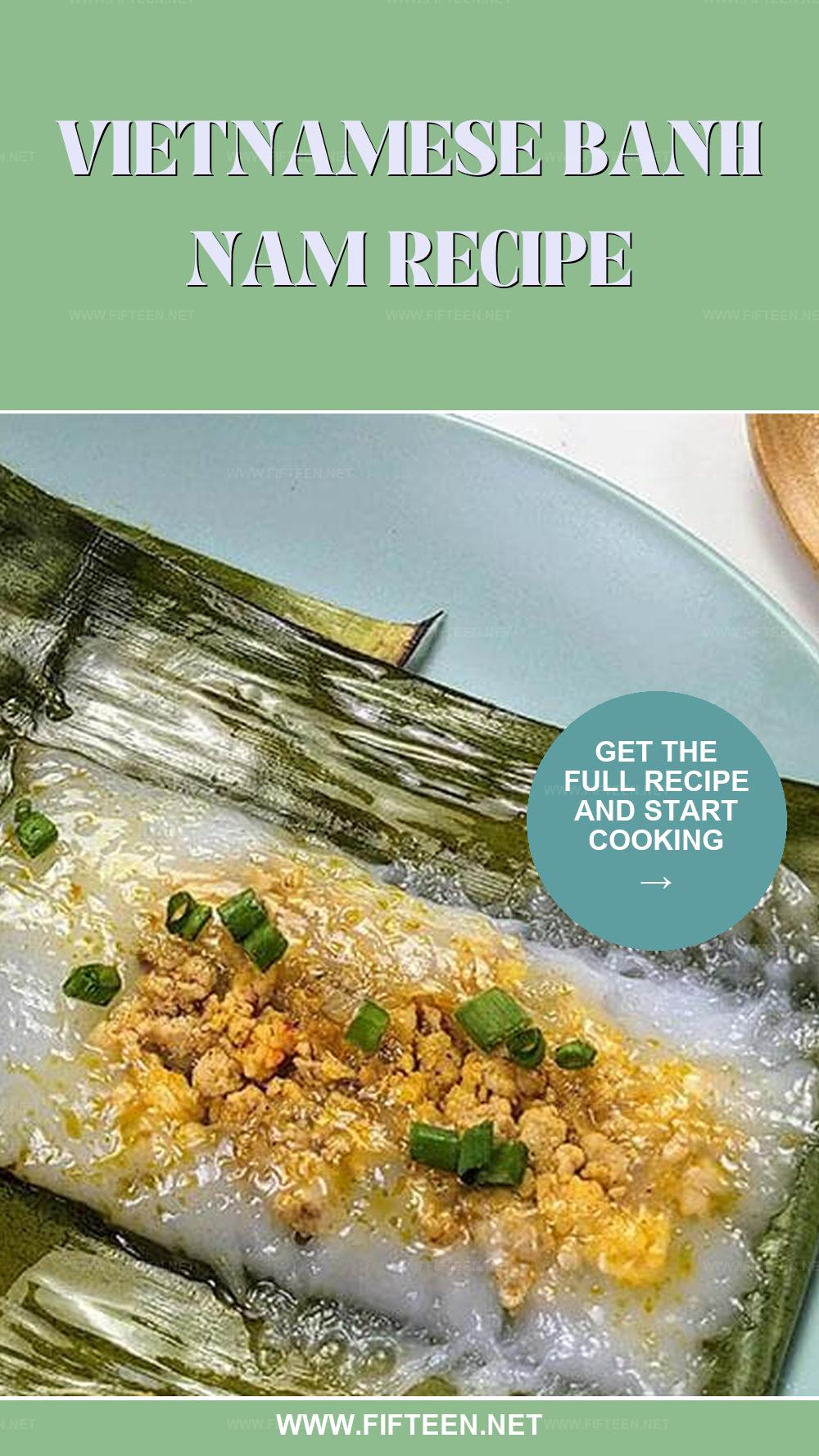
Tien – Alden
Content Writer
Expertise
Home Cooking, Recipe Development, Food Editor, Beverage Editor, Cooking-video Maker, Asian Food Content Creator
Education
Saigon Tourism College
Advanced Culinary Workshop, Beijing
Vietnamese Traditional Cooking School
American College of Vietnam
Alden is a skilled chef with expertise in Asian cuisines, known for blending traditional Vietnamese and Chinese cooking with contemporary innovations. Alden’s passion for Asian flavors and her creative approach to both food and beverages inspires fellow chefs and those aspiring to enter the field.